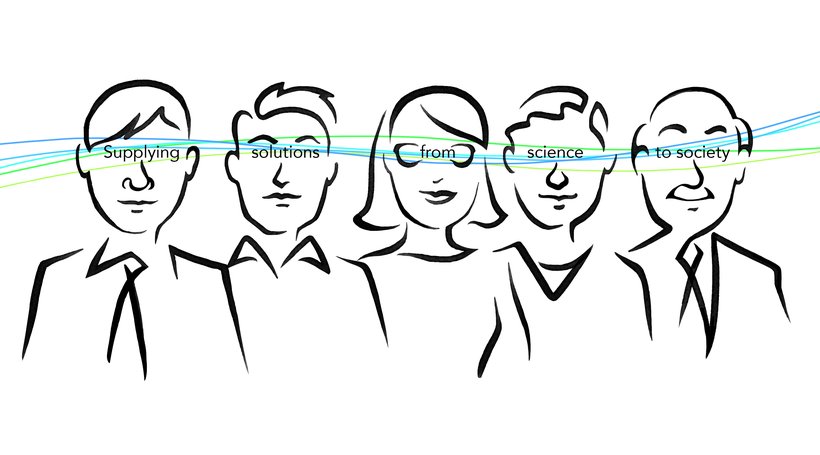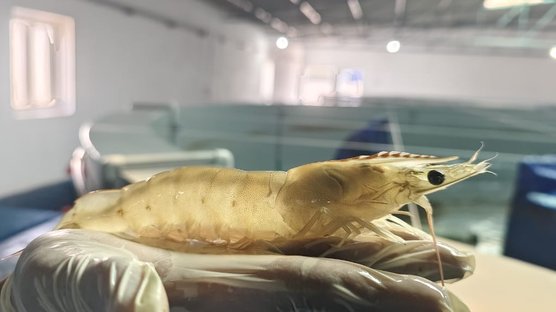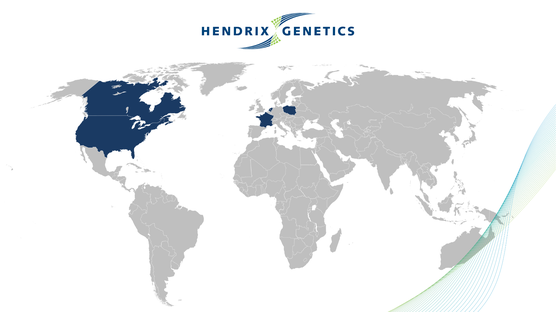
Published on Oct. 20, 2017
Supplying solutions from science to society
The third Hendrix Genetics Academy focused on using the connection between science and industry professionals to search together for solutions to ensure a safe, sustainable and affordable food supply for society at large.
A matter of perspective
In his opening speech, Dave Libertini painted a picture for the audience of the societal challenges agriculture faces today. Feeding the world in a sustainable way means different things to different people at different times. Who decides what sustainability means? The people that have an abundance of money and food choices, or the 800 million undernourished. It is a matter of perspective, and we need to be careful in our judgement. Practical examples of today, show that solutions based on scientific research are not always acceptable from a social and societal perspective.
Low hanging fruit
There are many ways and solutions to address the food challenge, but the implementation depends on the acceptance of our current and future food systems by society. A system change is needed fast to respond to emerging threats like antimicrobial resistance.
The word ‘communication’ was mentioned in different work groups during the two days of the Academy. Communications holds the key to close the gap between science and society. Science is enthusiastic about the results of genomic selection, and the promising application of gene editing, but is also very much aware of the fact that society will have a final say in this. The current advancements of the industry in responsible use of antibiotics, the adoption of increased animal welfare standards and progress in facing disease challenges are important steps towards a brighter future for the industry and are key in reversing the growing disconnect.
The future of science and protein
At present, research and progress in animal genetics and genomics show significant developments. It also demonstrates an immense potential for further genetic progress with new applications and the use of the growing stream of DNA information we are gathering. Next to the possibilities new scientific insights offer, we see the promising potential of applying imaging, sensors and infrared technologies to increase the health and welfare of our animals.
From science to society
The world around us is fast-paced and changing rapidly. Disruptive technologies and new ways to produce protein through insects or via lab meat are changing the industry’s perspective on the creation of value in the animal protein chain. Supplying solutions from science to society can only be successful if the value chain is ready and able to implement them. The industry is facing consumers that are seeking new food solutions that deliver them choice, convenience, but above all clarity. Clarity in how and where the food was produced, what is in it and how its safety is secured. As a value chain we have to meet these growing demands to secure our future license to produce.
In his closing remarks, Chairman of the Academy Johan van Arendonk, concluded that...

The advancements in science as presented and discussed offer multiple ways to feed the growing world population.



